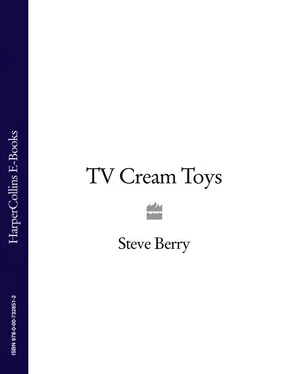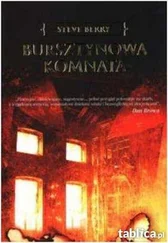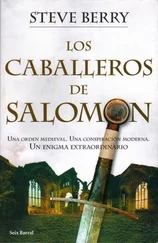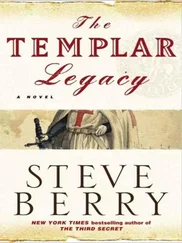The set-up? A plastic grid–a Siamese variation on the original analogue cases with flip-top lids–split vertically and separated into two playing areas (grid-squared maps of an unnamed ocean manufactured in the regulation James-Bond-film transparent plastic) plus assorted miniature gunships, boats, aircraft carriers, etc. Batteries, natch, were not included and at any rate would have lasted only until Boxing Day.
There were drawbacks, though. The limitations of the titular computer meant that, far from containing the imagined intricate sensors to automatically locate the position of your fleet, every single occupied square on the board had to be laboriously ‘programmed’ in before a game could start. For both players! The slide-rule-like apparatus had a tendency to be a bit glitchy, too, so unless every input coordinate was millimetre-perfect, your guess at C6 could easily register as D7, throwing your whole strategy out of whack. Plus, the reversal of the board meant that player one’s A1 position was actually player two’s K1 position, and so on, and so complicatedly forth.
See also Up Periscope, Chutes Away, Tank Command
But, for sheer literal bells and whistles, Computer Battleship couldn’t be matched. MB later rechristened the game Electronic Battleship and, later still, it was joined by the less successful refurbished version, Talking Battleship . 1 Nevertheless, the original remained a popular staple of end-of-term games days–often, its owner would have to instruct potential opponents to form a queue. The enduring playability did not go unnoticed by BBC bosses, either, who adapted the game for a Richard Stilgoe-fronted children’s programme, Finders Keepers.
1 In the late 1980s, there was another variant called Blow Up Battleship. Instead of calling your guess out loud, you would use a small set of bellows to send a jet of air to your opponent’s fleet and blast away a section of ship.
Connect Four
Tic-tac-toe, four in a row
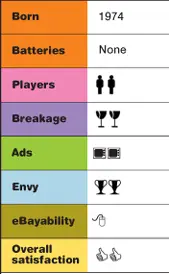
Traditionally the arena of combat wherein eldest son would beat Dad (as depicted on the front of the box) in some gaming rite of passage (‘Look Dad, diagonally!’), Connect Four was the insanely addictive board game destined to split families asunder across the globe. Originally marketed as The Captain’s Mistress on account of a rumour traditionally linking it with Captain Cook (he was playing it, not shagging it, so the story goes), the definitive 70s edition is part-owned by–and why are we not surprised by this?–David Bowie.
A fiendishly simple premise–it’s basically noughts and crosses 1 -you’d drop coloured counters into a vertically positioned seven by six-holed board and compete to see who would be first to get four colours in a row. 2 Launched in the early 1970s by MB Games, ‘the vertical strategy’ game had an ace climax wherein upon winning the victor could shout ‘Connect Four!’ and then pull a flap out from under the board causing the stacked counters to clatter out all over the melamine surface of the kitchen table. 3 Although there were other ‘vertical strategy’ games available (cf. the safe-cracking style of Downfall), Connect Four had an alluring purity to it that made it seem all the more desirable. This was a thinker’s game, frill-free.
See also Downfall, Pocketeers, Othello
Rather as in poker, you could judge the ability and personality of your opponent by the way in which they played with the ‘chips’. One who stacked their counters into a tower would most likely be loath to commit, worried that making a move might cut off other opportunities. Whereas your counter-fiddler would be more liable to drop ’em into the grid like lightning, hoping to set the pace of the game and win by forcing an error in their opponent. The Apprentice would’ve been a much shorter TV series if they’d just got all the wannabe business tycoons to play a quick game of Connect Four on day one.
Like a family-friendly bright-blue plastic backgammon or Go, Connect Four was for your chin-rubbers and that boy genius about to take Dad out diagonally. And David Bowie. It’s still heavily marketed by MB, but we’re advised that current editions are rather smaller than the mid 70s definitive set (with the exception of those annoying gigantic pub versions), taking a good few inches off all aspects of the game–and a couple of decibels off that all-important victory clatter too.
1 Some people are just never happy with three, are they eh? Although why let your ambition stop at four? Why not Connect Five or Six ? Because that would be for madmen, that’s why.
2 It’s way beyond the scope of this book to calculate the statistical probability of a stalemate result within all the Connect Four outcomes, but, let’s face it, there are Nobel Prize-winning mathematical theses written on less frivolous subjects.
3 Additional strategy point of order: older brothers were wont to ‘accidentally’ knock the flap out and cause a counter cascade whenever they sensed they were within a whisker of defeat. No, actually, we won’t just call it a draw’, you cheating bastard.
Corgi 007 Lotus Esprit
Reinventing the wheel
Much has been written about the British die-cast toy industry, most of it in better-researched books than this one, but here’s a quick summary. Dinky were first to retool their WWII ordnance machinery, initially making scaled-down cars as background detail for Hornby trains (courtesy of a shared parent company in Meccano Ltd.). Lesney’s Matchbox brand hit the shops next, famous for tinderbox packaging, various classic car series and, later, the Superfast and Superking ranges. Then Corgi, setting up shop in Swansea (hence the name) and introducing separate plastic windows for their cars–an innovation that had passed the other two businesses by.
In the end, all three collapsed under pressure from a corporate US giant (Mattel and their bleedin’ Hot Wheels) , 1 but that’s a lesson history keeps teaching us over and over again. So much for facts. Most of the cars made by Dinky, Matchbox and Corgi have now ended up in dusty display cabinets, in museums and–the horror, the horror!–private collections. Was that really the point after half a century of miniature motoring? What happened to all the fun? Surely cars were made to be played with?
See also Tonka Trucks, Matsushiro Knight Rider Radio-Controlled Car, Hornby Railway Set
In fact, short of creating a traffic-jam on the lino by the patio doors, play scenarios were hard to come by. What really interested the Cream-era car buff–embryonic Clarksons all–was the toy that had an unexpected extra feature. Yer 70s’ Matchbox roster read like a roll-call at the Wacky Races (Blue Shark, Dodge Dragster and Turbo Fury to name but three), including dune buggies that the Monkees wouldn’t look out of place driving. Perennial favourite, the green hovercraft, remained and although Matchbox had experimented with S400 Streak Racing (plastic strips with loop-the-loops), the Adventure 2000 set was the real eye-opener. The vehicles themselves were a mishmash of sci-fi rip-offs (including Rocket Striker , which looked suspiciously like Dinky’s SHADO mobile), but you could also send off for a poster of the toys…which would come back with your name on it in big, blocky letters! Now that was impressive. 2
Читать дальше
